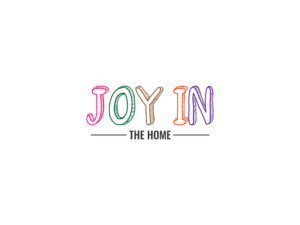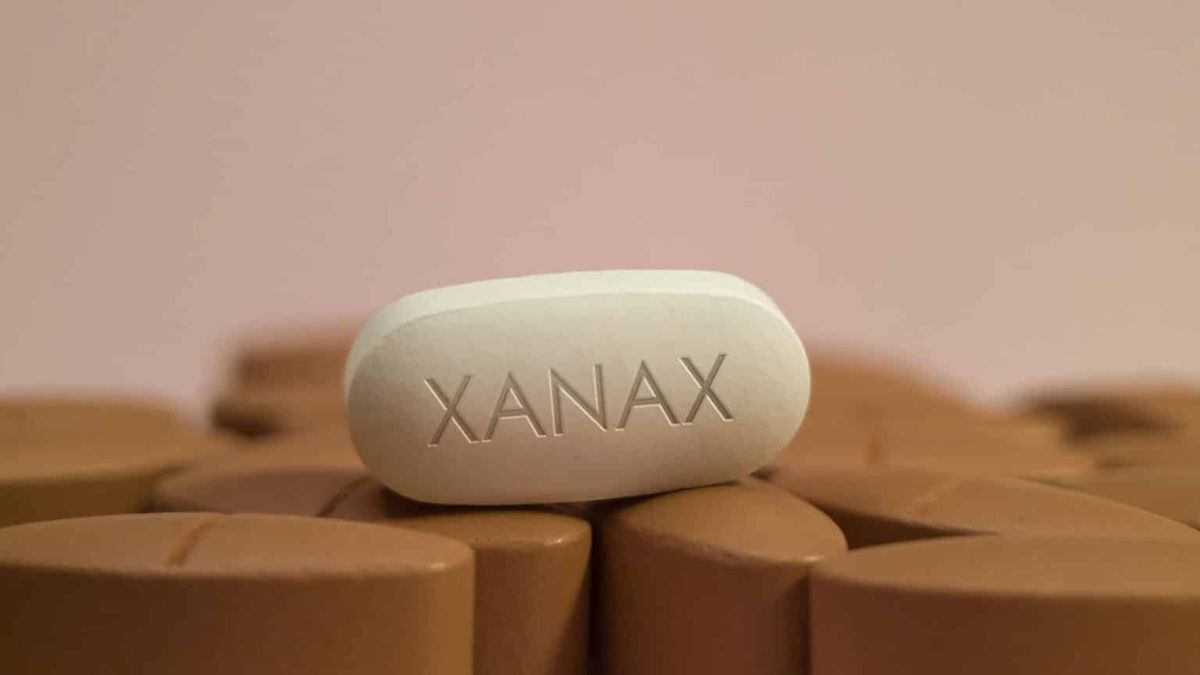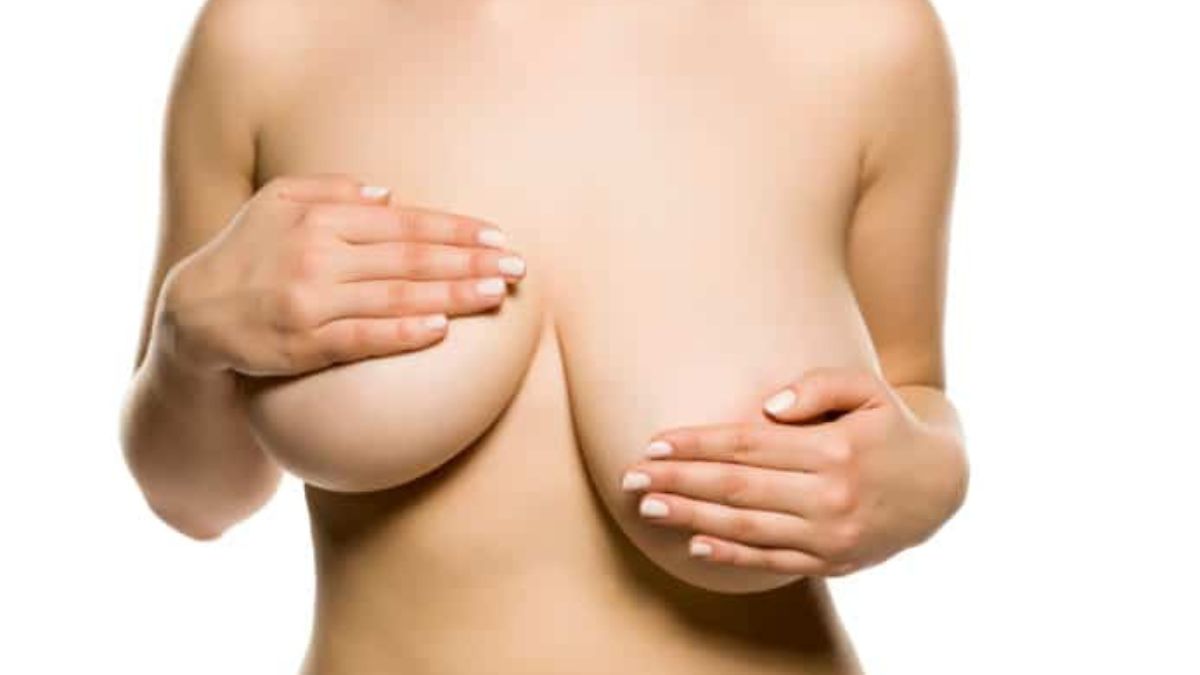Breastfeeding is a beautiful and natural way to nourish your baby, but it can also come with its fair share of challenges.
One concern that many new mothers may experience is chest pain while breastfeeding. You’re not alone if you’ve been experiencing discomfort during nursing sessions!
In this blog post, we will dive into the topic of breastfeeding-related chest pain, explore its causes, and provide helpful solutions to ease any discomfort.
Let’s address your concerns and ensure a more comfortable breastfeeding journey for you and your little one!
Is Chest Pain Normal During Breastfeeding?
Breastfeeding can cause various sensations and discomforts, and chest pain is one of them.
Many women experience different levels of chest pain during breastfeeding, ranging from mild discomfort to more intense sensations.
However, it’s important to note that not all chest pain while breastfeeding is normal.
It’s crucial to differentiate between typical breastfeeding discomfort and symptoms that require medical attention.
Let’s explore the causes of chest pain during breastfeeding to understand better what’s normal and what’s not.
Causes of Chest Pain During Breastfeeding
Understanding the causes of chest pain while breastfeeding is essential in effectively addressing and managing this discomfort.
Various factors can contribute to chest pain during breastfeeding, from engorgement and incorrect latch to mastitis and plugged milk ducts.
Let’s take a closer look!
Engorgement
Engorgement occurs when your breasts are overly full of milk.
This can cause your breasts to become swollen, tight, and painful, leading to chest pain during breastfeeding.
Engorgement can be managed by ensuring frequent and effective nursing or pumping sessions, applying warm compresses, and massaging your breasts to promote milk flow.
Incorrect Latch
An improper latch is a common cause of chest pain during breastfeeding.
When your baby doesn’t latch onto your breast correctly, it can lead to nipple soreness and pain that may radiate to the chest area.
Seek guidance from a lactation consultant or breastfeeding specialist to ensure your baby is latching properly.
Mastitis
Mastitis is an infection that can occur when bacteria enter the breast tissue. It often presents symptoms such as breast pain, redness, warmth, and fever.
If you suspect mastitis, consult your healthcare provider for appropriate treatment, including antibiotics and measures to promote milk drainage.
Plugged Milk Duct
A plugged milk duct can cause localized pain and discomfort in the breast, including the chest area.
It occurs when milk flow becomes obstructed, often due to incomplete breast emptying.
Frequent nursing, warm compresses, and gentle massage can help resolve plugged ducts and alleviate associated chest pain.
Alleviating Breastfeeding-Related Chest Pain
The good news is that there are practical solutions and strategies to help alleviate this discomfort and make breastfeeding a more comfortable experience.
Here are a few techniques and tips to help alleviate breastfeeding-related chest pain!
- Ensure a Good Latch: Proper latch is crucial for a comfortable breastfeeding experience. Ensure your baby is positioned correctly and seek guidance from a lactation consultant. A good latch can help prevent nipple soreness and reduce chest pain.
- Nursing Position: Experiment with different nursing positions to find one comfortable for you and your baby. Using pillows or nursing aids can support and alleviate strain on your chest muscles.
- Warm Compresses: Applying warm compresses to your breasts before nursing can help promote milk flow, reduce swelling, and alleviate chest pain associated with engorgement or plugged ducts.
- Breast Massage: Gentle breast massage, especially before and during nursing, can help improve milk flow and relieve discomfort. Use circular motions and light pressure to encourage milk drainage and ease chest pain.
Frequently Asked Questions (FAQs)
Can breastfeeding cause heart problems?
Breastfeeding typically does not cause heart problems. In fact, breastfeeding has numerous health benefits for both the mother and the baby, including a reduced risk of cardiovascular diseases for the mother. However, if you have a pre-existing heart condition or a history of heart problems, it’s important to consult your healthcare provider before initiating or continuing breastfeeding.
Can breastfeeding cause sternum pain?
Breastfeeding is typically not a direct cause of sternum pain. However, certain factors associated with breastfeeding can contribute to sternum discomfort. For example, poor posture during nursing, such as hunching over or slouching, can strain the muscles around the sternum and lead to pain.
Can breastfeeding cause burning in the chest?
Certain factors may contribute to a burning in the chest while breastfeeding. One possibility is acid reflux or gastroesophageal reflux disease (GERD), which can cause a burning sensation in the chest due to stomach acid reflux in the esophagus. This discomfort can be exacerbated during breastfeeding. It’s important to speak with a healthcare provider to determine the underlying cause of the burning sensation and receive appropriate care strategies.
What is a vasospasm after breastfeeding?
A vasospasm after breastfeeding refers to constricting blood vessels in the nipples or surrounding breast tissue, leading to pain, discoloration, and a sensation of coldness or tingling. Vasospasms can occur for various reasons, such as improper latch, nipple damage, or Raynaud’s Syndrome (a condition that causes blood vessels to spasm in response to cold temperatures or stress).
What are breast zingers?
Breast zingers, also known as breast zaps or breast tingles, are brief, electric-like sensations or tingling feelings that some women may experience in their breasts. These sensations are often described as sharp, sudden, and fleeting. While the exact cause of breast zingers is not fully understood, they are thought to be related to hormonal changes and increased blood flow in the breast tissue during pregnancy and breastfeeding. Breast zingers are generally considered normal and are not typically a cause for concern.
Wrapping it Up
Experiencing chest pain while breastfeeding can be a distressing experience for new mothers.
However, it’s important to understand that many causes of chest pain during breastfeeding are normal and can be managed with proper care and support.
By ensuring a good latch, addressing common issues like engorgement and plugged ducts, and seeking professional guidance when needed, you can overcome breastfeeding-related chest pain and enjoy a more comfortable and rewarding breastfeeding experience.
Remember, every breastfeeding journey is unique, and with the right information and support, you can navigate any challenges that come your way.
Until next time!
The information provided in this article is for informational purposes only and is not intended to be a substitute for professional medical advice, diagnosis, or treatment. Always seek the advice of your physician or other qualified healthcare provider with any questions you may have regarding a medical condition. Do not disregard or delay seeking professional medical advice because of something you read in this article.








